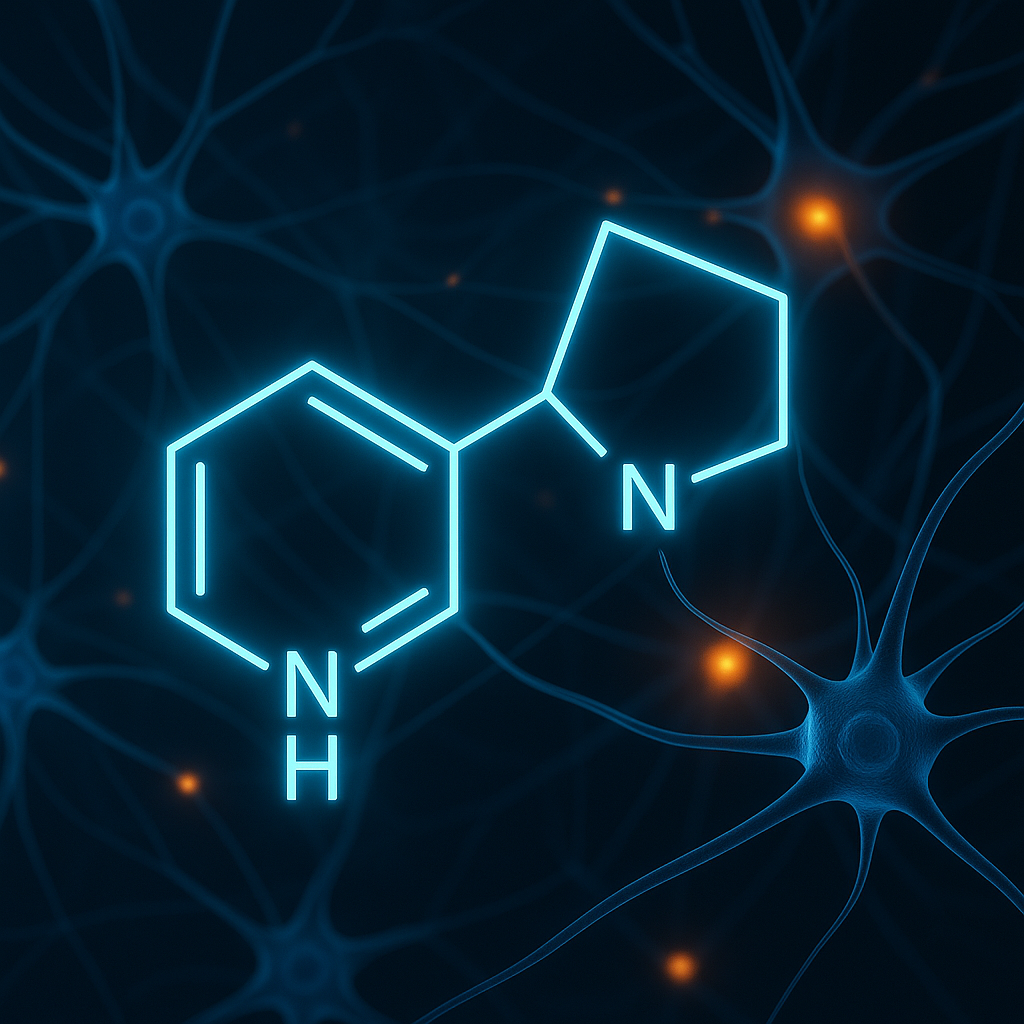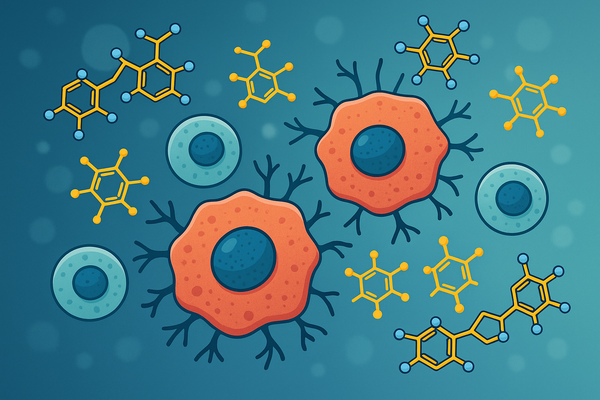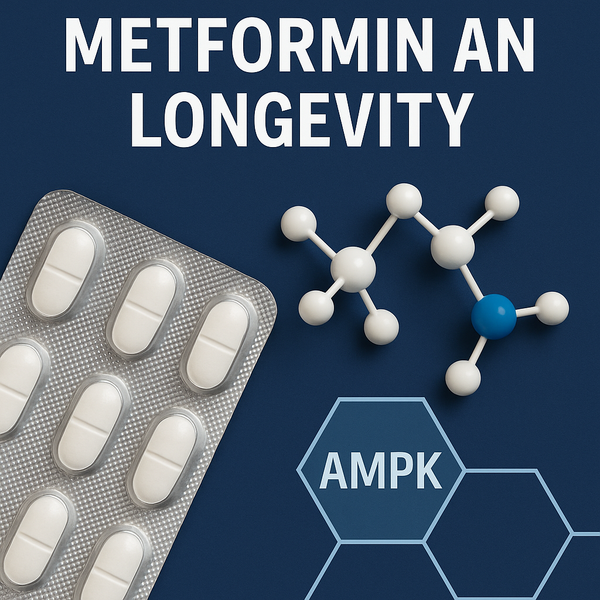Nicotine & Parkinson’s: The Unexpected Neuroprotective Link

Nicotine is one of the most controversial molecules in modern medicine — historically tied to smoking-related diseases, yet increasingly studied for its potential neuroprotective effects, particularly in Parkinson’s disease (PD). New research in 2025 continues to refine this paradox: while tobacco use remains harmful, isolated nicotine and nicotinic receptor stimulation may hold therapeutic promise for slowing or even preventing neurodegenerative decline.
Why Nicotine Is Being Reconsidered
For decades, epidemiological data have shown that smokers have a significantly lower risk of developing Parkinson’s disease, often 40–60% less than non-smokers. Early on, this was dismissed as behavioral — maybe people predisposed to PD were less likely to smoke. But now, the focus has shifted toward nicotine’s molecular actions rather than its behavioral associations.
Nicotine acts primarily as an agonist of nicotinic acetylcholine receptors (nAChRs) in the brain — especially the α4β2 and α7 subtypes — which are involved in dopamine release, neuronal survival, and neuroinflammation. In PD, where dopaminergic neurons degenerate, this interaction appears protective.
Mechanisms Behind Neuroprotection
- Dopaminergic PreservationNicotine’s stimulation of nAChRs enhances dopamine release in the substantia nigra and striatum, two areas devastated by Parkinson’s. This activation promotes neuronal survival and may counteract mitochondrial dysfunction — a key driver of PD pathology.
- Anti-Inflammatory ActionActivation of α7-nAChRs dampens microglial activation, reducing neuroinflammatory cytokines like TNF-α and IL-1β. These inflammatory cascades accelerate neuronal death in PD; nicotine’s modulation may slow this process.
- Mitochondrial Stress ModulationEmerging 2025 research from the Journal of Neurochemistry suggests nicotine preconditioning may increase mitochondrial resilience through the NRF2 antioxidant pathway, reducing oxidative stress that contributes to PD progression.
- Protein Misfolding & α-SynucleinAnimal and in vitro models indicate nicotine may reduce toxic α-synuclein aggregation, a hallmark of Parkinson’s, possibly by improving autophagic clearance and chaperone protein expression.
Clinical Evidence: What Human Studies Show
- Epidemiological Data: Longitudinal studies consistently find 30–50% lower PD risk among tobacco users, with duration and intensity correlating inversely with risk. However, cigarette smoke’s toxicity negates therapeutic potential.
- Nicotine Patch Trials: Early-phase clinical trials using transdermal nicotine in early PD show improvements in attention, motor control, and fatigue, though results vary. Long-term data suggest possible slowing of motor decline but not yet definitive proof.
- New Formulations (2025): Researchers are testing targeted α7-nAChR partial agonists — molecules that deliver neuroprotection without addictive potential or cardiovascular strain.
Risks and Limitations
- Addiction Potential: Nicotine’s reward circuit activation via dopamine release can cause dependency.
- Cardiovascular Stress: Elevates heart rate and blood pressure — contraindicated in uncontrolled hypertension or heart disease.
- Tolerance: Chronic use leads to receptor desensitization; effects may wane without proper cycling.
- Delivery Matters: Smoke, vapes, and pouches add oxidative and inflammatory stress that offset benefits — isolated, pharmaceutical-grade forms are the only scientifically supported options.
Therapeutic Outlook
Nicotine isn’t an anti-aging molecule, but its neuroprotective mechanisms intersect longevity science through pathways like mitochondrial stress response, inflammation control, and dopaminergic resilience. Current research aims to create selective nAChR modulators — drugs that replicate nicotine’s neurological benefits without addiction or systemic harm.
Bottom Line
Nicotine sits at a scientific crossroads: deadly in smoke form, but potentially protective in isolation. For Parkinson’s, it remains one of the most intriguing — and controversial — examples of how a toxic molecule might hide a therapeutic secret. As new receptor-specific compounds emerge, nicotine’s story could shift from vice to viable neuroprotective tool.
Sources
- Quik M, Bordia T. Trends Pharmacol Sci. 2025 — Nicotinic receptor targets in Parkinson’s therapy.
- Johnston M, et al. J Neurochem. 2025 — Nicotine preconditioning and mitochondrial resilience.
- Morens DM, Grandinetti A. Neurology. 2023 — Smoking and Parkinson’s epidemiology revisited.
- Quik M, Perez XA. Neuropharmacology. 2024 — α7 and α4β2 receptor modulation in PD models.
- Barreto G, et al. Brain Res Bull. 2024 — Nicotine and neuroinflammation regulation.
- Lanza G, et al. Front Aging Neurosci. 2025 — Clinical patch trials for Parkinson’s symptoms.
- Picciotto MR, et al. Nat Rev Neurosci. 2025 — nAChRs and synaptic plasticity in neurodegeneration.
- Chen H, et al. Mov Disord. 2024 — α-synuclein modulation and nicotine.



